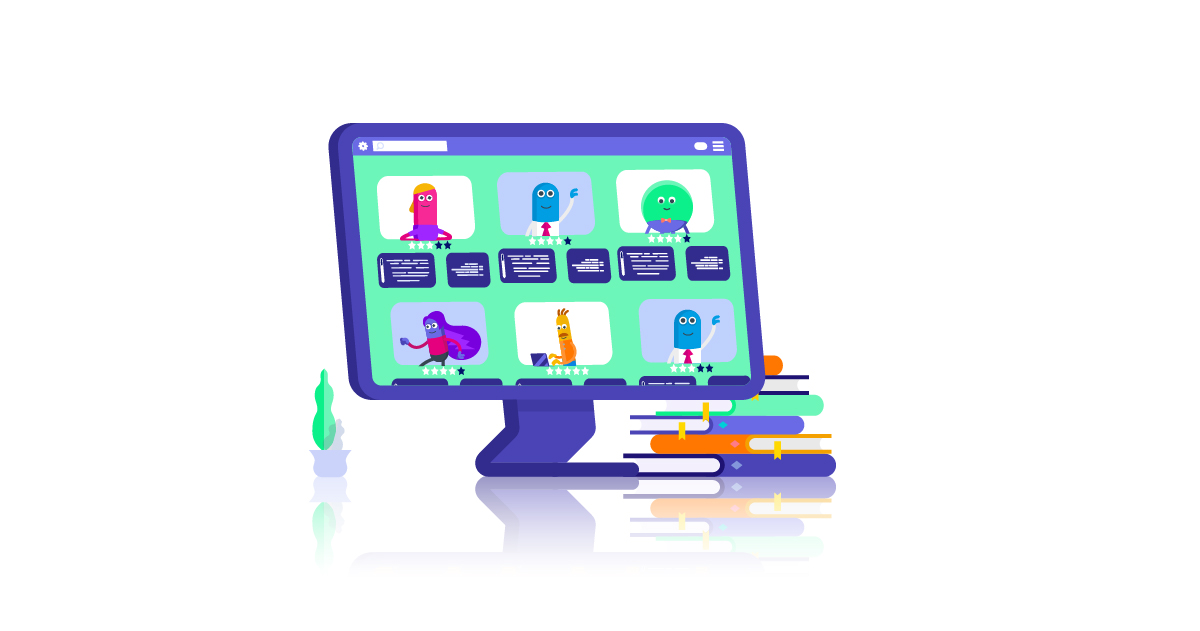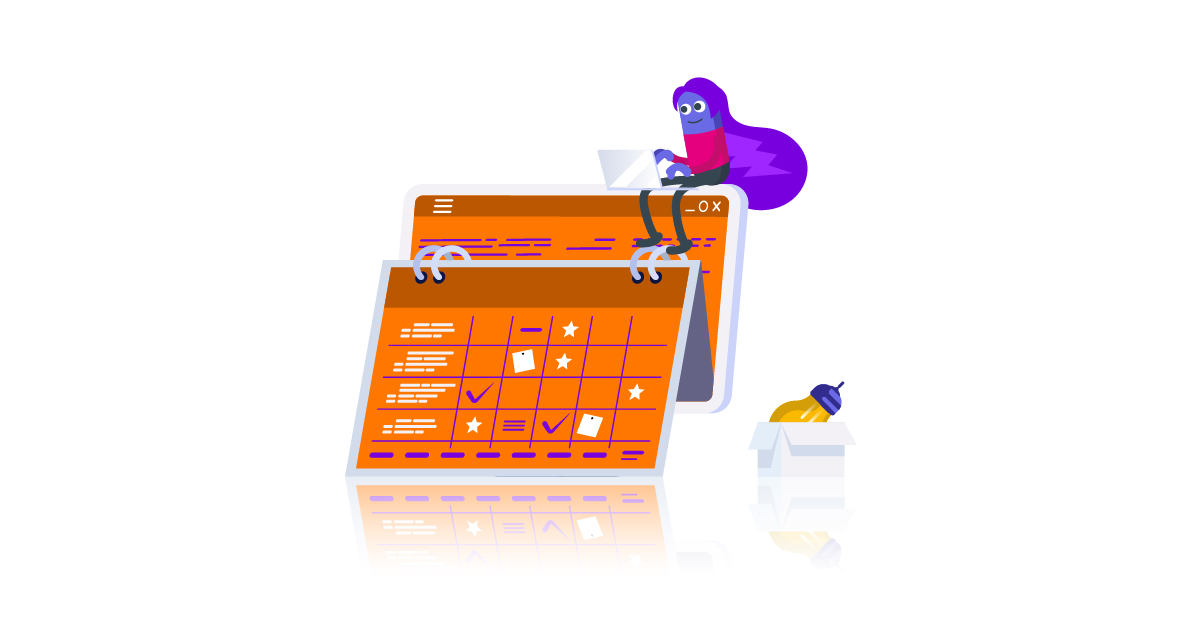4 April 2022
Equipping your team with the skills to thrive in an asynchronous or hybrid work environment
Matthew O'Connor
Marketing Manager
How to train your team in the new skills they need to work in a remote, asynchronous or hybrid model.
With increasing numbers of organisations moving towards working remotely, asynchronously or in a hybrid model, how can we train our teams to perform to their potential in these new circumstances?
Most of us have had at least some experience of working remotely since the start of the Covid-19 pandemic. Asynchronous working could be from home or office-based, but is based around a principle of communication happening to each team member’s schedule. Each person has responsibility for working to a timetable that maximises their productivity. Hybrid working is a combination of either or both of those approaches and office-based work.
We’ve adopted an asynchronous, remote-first approach at Synergy Learning. That means most people work remotely most of the time. If you’re an early bird, you might like to start your day by blasting through your inbox and sending all your emails for the day. There’s no onus on anybody else in the team to be up at that time to respond to you. Indeed, someone who does their best work in the evenings might not respond until the end of the day. We favour technology-based workflows over unnecessary meetings, with tasks automatically assigned to each team member as and when the previous task in the sequence is completed by a colleague. Less wasted time; more considered bursts of focused productivity.
It’s working for us and we think it could work for you, too, but it’s important to keep in mind it will be something a bit different for your team. You can help them to navigate this new world and adapt how they work with the aid of your learning management system.
Here are a few areas in which you might like to focus additional training via your LMS.

New technology and systems
Let’s start with the most practical aspects of asynchronous working. Hopefully most of the software and systems your people are accustomed to using will transfer directly to remote, asynchronous or hybrid working.
But whether it’s something as simple as a new login method or an entirely new system, there is likely to be at least some technological changes. Use your LMS to deliver training on new technologies and systems so your people can get to grips with them at their own pace and avoid the frustration of being unable to complete their work due to technical worries.
Video conferencing, instant messaging and project management software are familiar to most of us, but make sure your team has access to training that will allow them to work and communicate effectively.
New processes
No workplace is totally impervious to a ‘this is the way we do it’ mentality. In many ways it can be a positive (creating consistent experiences of customers and allowing work to continue seamlessly during staff absence, for example).
It may be that the best way of doing things, or the correct way of doing things, has changed due to a move to remote or asynchronous working. If so, deliver consistent training to your team to gently introduce them to the new or better way of doing things. Make sure your training covers the ‘why’ as well as the ‘how’ to help people understand the shift.

Time management
It might sound basic, but asynchronous working gives people an extra level of responsibility for managing their own time, prioritising their workload and meeting deadlines. As such, it is a useful area in which to provide extra training to ensure that all your team members are aware of the best ways of managing their time when working remotely or asynchronously.
Communication courtesies
By its very nature, asynchronous working means your team members are not going to be able to get instant answers to all of their questions. Part of that falls within team management — ensuring there is enough time to liaise with other people and still hit the deadline, for example — but there is also an element of communication courtesy.
Train your people to understand whether their query should be sent by email or an asynchronous messaging app, or if it merits escalation to an immediate call or face-to-face meeting. Put in place policies to govern this, then train accordingly.
Business writing and communications
With the vast majority of communications between your team now taking place in writing (via email, messaging apps or project management software) it is worth training them to create clear and precise communication in these formats to avoid confusion, conflict and miscommunication.
Management and leadership
Your managers will be facing a new set of challenges, so they deserve training that equips them to face those challenges. Introduce them to technology and approaches that help them to continue to get the best out of their team, even without the benefit of daily face-to-face contact.
Teach your leaders how to monitor performance and maintain accountability without necessarily seeing what’s happening day-to-day. Educate them on how to communicate their expectations to their team, and how to manage situations in which somebody falls below those expectations.
Got any questions about remote or asynchronous working?
If you’d like support in using your LMS to train your team as they transition towards a remote, asynchronous or hybrid work environment, fill out the form below and we’ll be in touch.



